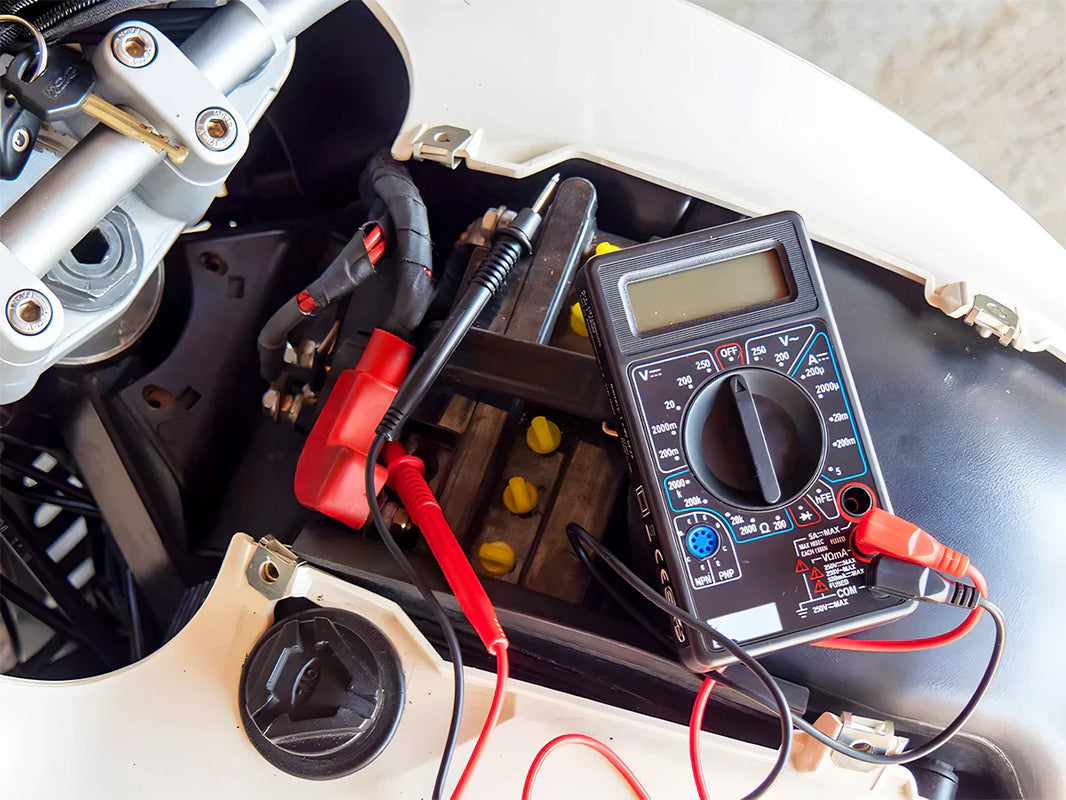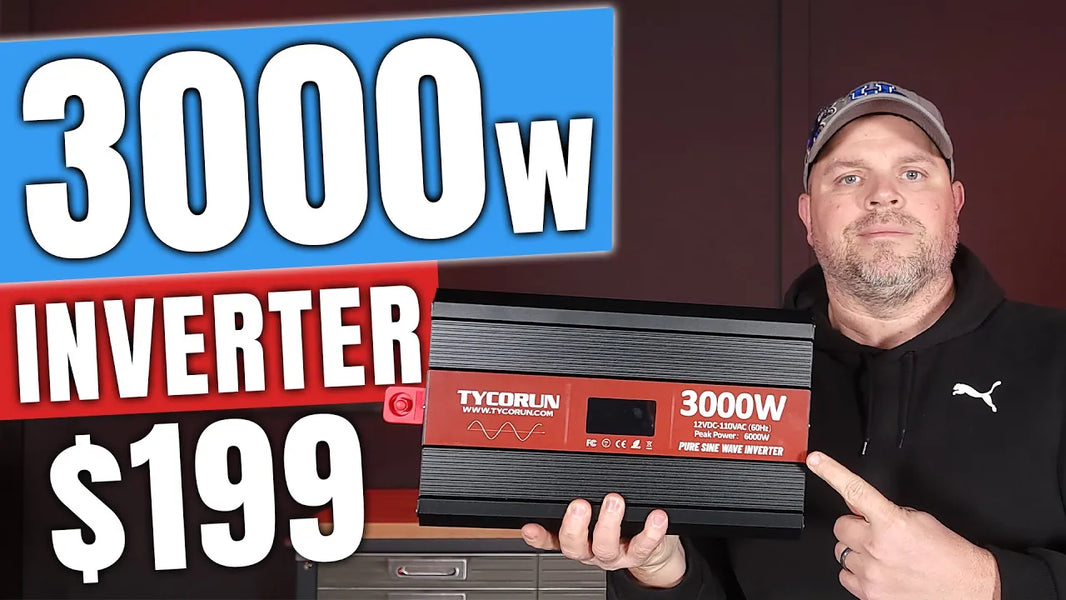
After entering the 1960s, the large-scale application of internal combustion engine vehicles brought serious air pollution and environmental problems. In 1976, the U.S. Congress passed the "The Electric and Hybrid Vehicle Research Development and Demonstration Act", which allocated $160 million to fund the development of electric vehicles. In 1977, the first International Electric Vehicle Conference was held in the United States, with more than 100 electric vehicles on display. In 1978, the United States passed the Federal Nonnuclear Act 95238 to amend and increase funding for electric vehicle research and development. At the same time, the government ordered the Electric Power Research Institute of the Ministry of Energy and electric power companies to increase technology and capital investment in the development of electric vehicles, and instructed the National Agang Laboratory to cooperate with battery companies to develop high-performance secondary batteries for electric vehicles. Since then, electric vehicles have gradually recovered internationally, and the second round of research and development has gradually arrived. The representative products of this period mainly include:
In 1994, Japan's Daihatsu Motor Company developed an electric mini-van "Hi-Jet EV".
In 1995, the French company Peugeot Citroen developed a small 4-seat electric car "P106-SAXO" and a passenger and cargo model with the same power platform.
In 1996, the pure electric vehicle "EV1" developed by General Motors of the United States (see Figure 1) can reach a top speed of 128km/h, accelerate from 0 to 96km/h in 9s, and travel 144km on a single charge. "EV1" officially sold thousands of units.

Figure 1 - US GM EV1
In 1996, the five-seat small electric vehicle "RAV4 EV" (see Figure 2) developed by Toyota Corporation of Japan changed the traditional lead-acid battery to nickel-metal hydride battery, which can travel 200km on a single charge.

Figure 2 - Toyota RAV4 EV
In 1996, the French Renault company developed a 4-seat small electric car "Ctio", which is powered by nickel-chromium batteries.
In 1996, Japan's Honda launched the "EV Plus" pure electric vehicle (see Figure 3). The acceleration time of this model from 0 to 96km/h is 17.7s, the maximum speed is limited to 130km/h by the electronic speed limiter, and the driving range is 200km, the input voltage of the on-board contact charger is 110/220VAC, the output power is 1.1/4.2kW, and the charging time is 6~8h (from 20% power to full).
In 1997, Japan's Toyota began to sell the 5-seat hybrid electric vehicle "Prius", as shown in Figure 4.

Figure 3 - Honda EV Plus

Figure 4 - Toyota Prius
With the support and advocacy of organizations such as the United States Adranced Battery Consortium (USABC), countries around the world vigorously promote the research and development of VRLA batteries for electric vehicles, and have made great technological progress, and have formulated technical standards for VRLA batteries used in electric vehicles. The Ranger, an electric car produced by Ford in the United States in 1997, used a 908kg VRA battery pack, as shown in Figure 5. The EPC electric car developed by Chrysler in 1997 and the Saturn EV1 electric car developed by General Motors also use VRLA battery packs. Electric vehicles equipped with VRLA battery packs achieve zero emissions, but can drive a shorter range on a single charge, so MH/Ni batteries with higher energy density have received more attention. After using MH/Ni batteries, General Motors achieved a driving range of 160km on a single charge. After Chrysler replaced the MH/Ni battery on the EPC electric vehicle, the mileage on a single charge was also extended from 68km to 90km.

Figure 5 - Ford Ranger Electric Vehicle
From the 1980s to the late 1990s, the research and development of electric vehicles was dominated by car manufacturers for development and promotion, trying to compete head-on with traditional vehicles. The end result of this phase is that, with the exception of Toyota's hybrid electric vehicles, only 10 pure electric vehicles from the world's nine largest car companies have achieved small-scale production. Among them, the output of General Motors EV1 and Ford Motor Company Ranger EV were 1,353 and 1,259 respectively, and they failed to achieve mass production. This is mainly due to the following reasons.
① The battery types at this stage are mainly lead-acid batteries and nickel-metal hydride batteries. The energy density and service life of the battery directly lead to the fact that the electric vehicle cannot be comparable to the internal combustion engine vehicle in terms of driving range, power and economy of use;
② The design concept of electric vehicles at this stage is too advanced without considering the reality, and the requirements are the same or very close to those of traditional vehicles in terms of power, space size, and maximum speed. However, these design indicators often cannot be realized due to the limitation of the technical level at that time, but bring a lot of inconvenience to the production and use, highlighting the disadvantage of electric vehicles compared with internal combustion engine vehicles;
③ The inertia of the internal combustion engine vehicle industry at this stage also hinders the development of electric vehicles. The main goal of the company's trial production of electric vehicles is the development and reserve of technology, and it is not active in the promotion of industrialization.
















